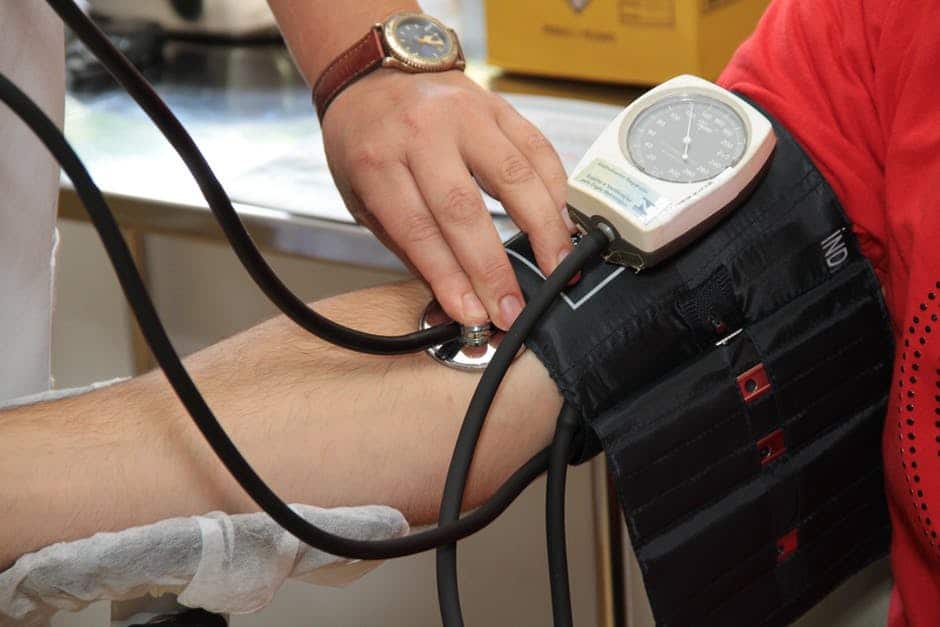Do you need a heart or cardiac catheterization? Do you need a stent?
Coronary artery disease (CAD) is the most common type of heart disease. It is the leading cause of death in the United States in both men and women.
CAD happens when the arteries that supply blood to heart muscle become hardened and narrowed. This is due to the buildup of cholesterol and other material, called plaque, on their inner walls. This buildup is called atherosclerosis. As it grows, less blood can flow through the arteries. As a result, the heart muscle can’t get the blood or oxygen it needs. This can lead to chest pain (angina) or a heart attack. Most heart attacks happen when a blood clot suddenly cuts off the hearts’ blood supply, causing permanent heart damage.
The traditional risk factors for coronary artery disease are high LDL cholesterol, low HDL cholesterol, high blood pressure, family history, diabetes and smoking. Obesity may also be a risk factor. Keeping a healthy diet, exercise, not smoking, keeping the blood pressure and cholesterol within the recommended values help reduce the risk of heart attacks and strokes.
What is cardiac catheterization?
Cardiac catheterization (cardiac cath or heart cath) is a procedure to examine how well your heart is working. A thin, hollow tube called a catheter is inserted into a large blood vessel that leads to your heart. One of the main indications to perform a heart cath is when your doctor suspects after a clinical examination and testing that you may have blockages in the arteries of your heart. Small catheters are inserted in those arteries and contrast is injected which allows visualization of the vessels under fluoroscopy. If a significant blockage is found, your cardiologist will decide if you need a balloon treatment called angioplasty or a stent.
What is a stent?
A stent is a tiny wire mesh tube. When a stent is used, its collapsed and put over the balloon catheter. It’s then moved into the area of the blockage. When the balloon is inflated, the stent expands, locks in place and forms a scaffold. This holds the artery open. The stent stays in the artery permanently.
In about a third of patients who’ve had angioplasty without a stent, the artery that was opened begins to become narrowed again within months of the procedure. The re-narrowing is called restenosis. Stents help prevent restenosis.
In recent years, doctors have used new types of stents called drug-eluting stents. These stents are covered with drugs that help keep the blood vessel from reclosing. Stents not coated with drugs are called bare metal stents. It’s important that patients with either type of stent take their anti-clotting medicines as directed. If stents don’t work and the arteries reclose, you may need coronary artery bypass surgery (CABG).
Patients who have angioplasty and stents recover from these procedures much faster than patients who have coronary artery bypass surgery (CABG). They have much less discomfort.
It is very important to seek prompt attention when you are experiencing symptoms of chest pain, shortness of breath, palpations and even fatigue which could indicate the possibility of heart disease. Time is critical when patients are having heart attacks. The sooner the artery is open with angioplasty or stents, the more chances of survival and less heart damage.
If you’d like an appointment with Dr. Schmulevich, please call: 740-266-9169.
Trinity Health System hopes to significantly reduce the mortality rate of these patients by teaching people to recognize and react to the early symptoms of a possible heart attack, reduce the time that it takes to receive treatment, and increase the accuracy and effectiveness of treatment.

